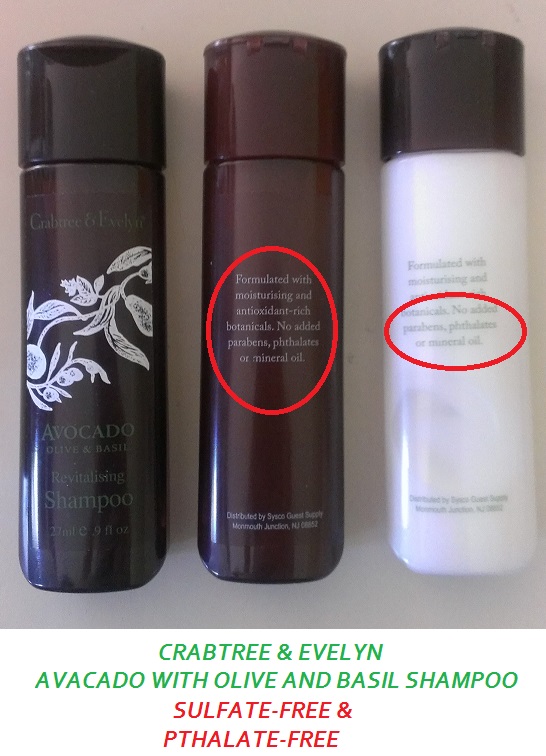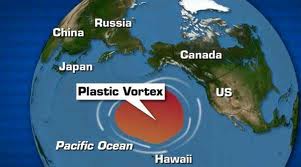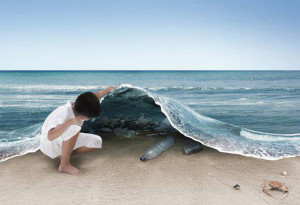Eco-Savy recently wrote about the importance of sulfate-free shampoo’s, but have you ever heard about “phthalates” in your shampoo products? More often than not, they are there, and are often partially responsible for that that lovely “orchid must” or “citrus zing” smell that has lured you into buying the particular brand in the first place. Unfortunately, chances are, you have been taking in a dose of these hormone-disrupting phthalates with every squirt,smear or slather, whether the scent aggravates your senses or not.
Phthalates are not just found in shampoo products, they are found in personal care products, makeup, fragrances and toys. Indeed they are hard to find on labels and often hidden behind the word “fragrance”. However, you can and should look for the phrase “phthalate free“.
Dibutyl phthalate (DBT) and diethylhexyl pthalate (DEHP) are two of the phthalates that have been banned from toys but are still found in cosmetics here in Canada. However, back in 2007, 72% of the deodorants, perfumes, hairsprays /mousses/gels and lotions tested in a report called “Not Too Pretty” by Health Care Without Harm and Environmental Working Group contained at least one phthalate.
Fortunately, consumers are growing wiser and becoming more self-educated in navigating themselves through the marketplace and reading labels (hopefully Eco-Savy has been helping you in this journey too!). As a result, corporations are getting the message. A great example of a popular brand that is making it’s shampoo, conditioner and body lotion toxin-free is Crabtreee & Evelyn (refer to image below). A few years ago we would never have recommended their products to you because of the amount of parabens, sodium-lauryl sulfate (SLS) and pthalates in them. However, this new line of products by them says RIGHT ON THE LABEL that there are NO phthalates, sulfates or parabens in this particular shampoo product. We were so excited about this, we just had to share it with you. Note however to still read the label on their products to ensure they have not just done this for this one shampoo/conditioner/body lotion line.



 Well, I am sure we have all heard by now that there is a region in the Pacific Ocean where there is a plastic agglomeration twice the size of the state of Texas (aka where the
Well, I am sure we have all heard by now that there is a region in the Pacific Ocean where there is a plastic agglomeration twice the size of the state of Texas (aka where the 

